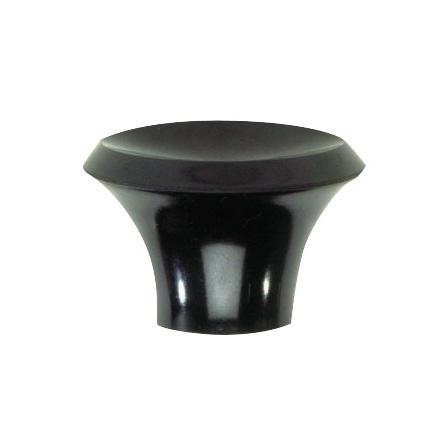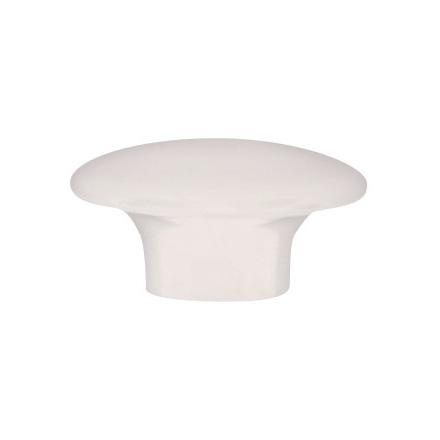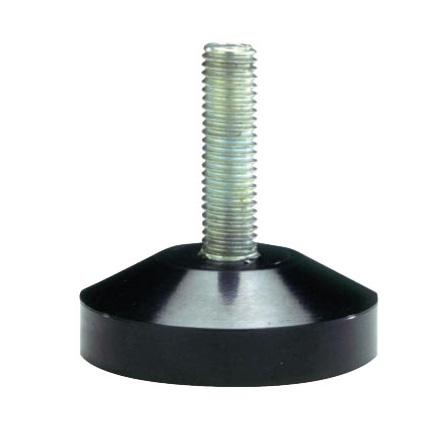Compression Moulded Components
Compression moulding is a process in which a preheated polymer is placed into an open heated mould cavity, which is closed with a top plug. Pressure is then applied to force the material to contact all areas of the mould, and this is maintained until the material has cured. Compression moulding is perfect for high-volume production and can be used for manufacturing complex objects needing high-strength properties. A short cycle time and high production rate means that companies such as those in the automotive industry use this method to produce a wide range of parts.
How It Works
The process uses thermosetting resins in a partially cured stage that can take the form of granules, putty substances or preforms. The compression moulding process can be employed with both thermosets and thermoplastics. Unidirectional tapes, woven fabrics, randomly orientated fibre mat or chopped strands can also be added. This means high-strength fibreglass reinforcements can even be fashioned as the replacement for metal components. After being inserted into the mould the material is heated to a pliable state and hydraulic presses compress it against every surface. When cured, the hydraulic press releases and an ejector pin in the bottom of the mould to push the finished piece out. Compression is one of the most economical moulding methods and wastes relatively little material. Its suitability for ultra-large basic shape production means it outperforms extrusion techniques.
Here's some products created in our factory with Compression Moulding:



Cotel Mouldings
Cotel Mouldings are one of the UK’s leading custom moulding manufacturers of industrial components. We supply a whole catalogue of made to measure products, plus component moulding using the above methods for: Furniture Fittings, Hinges, Locks, Fixings, Caps, Cables, Safety Signs and more. If you’d like to know more, Cotel Mouldings offer free expert advice regarding your needs whatever your location in Europe.






